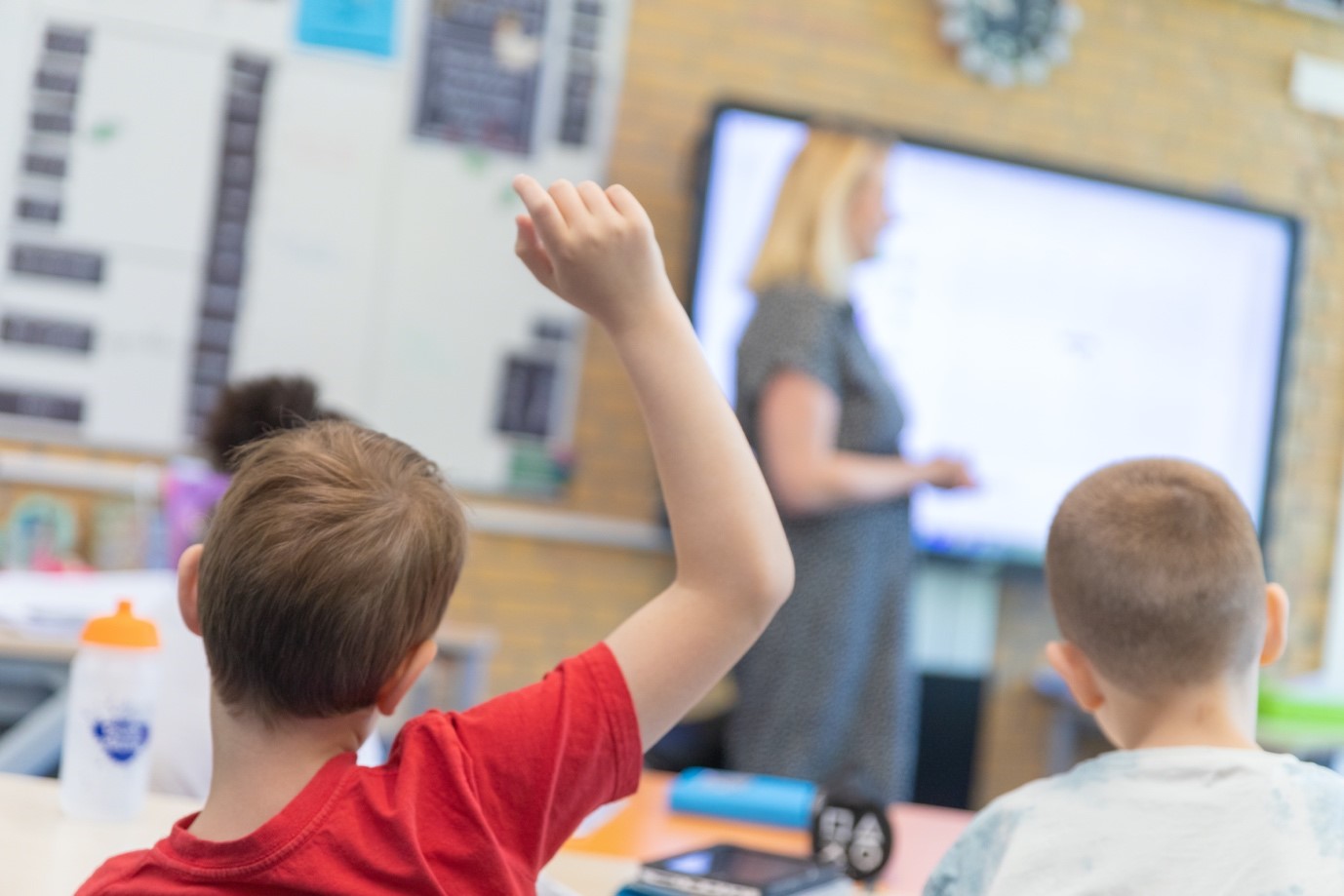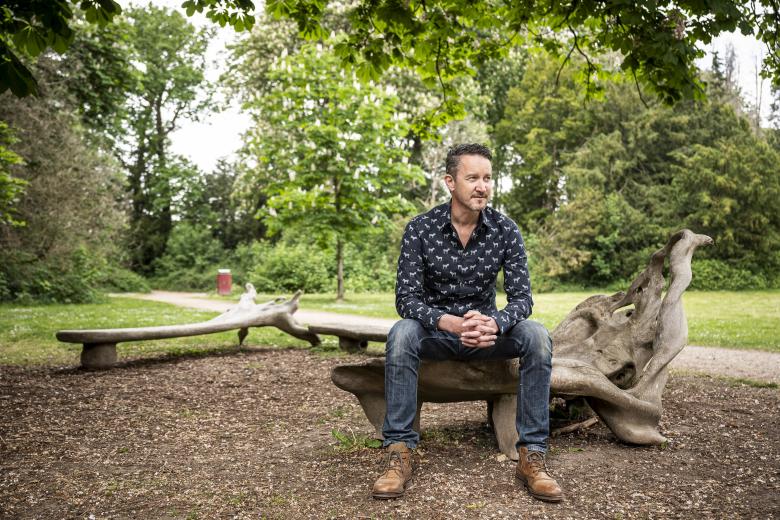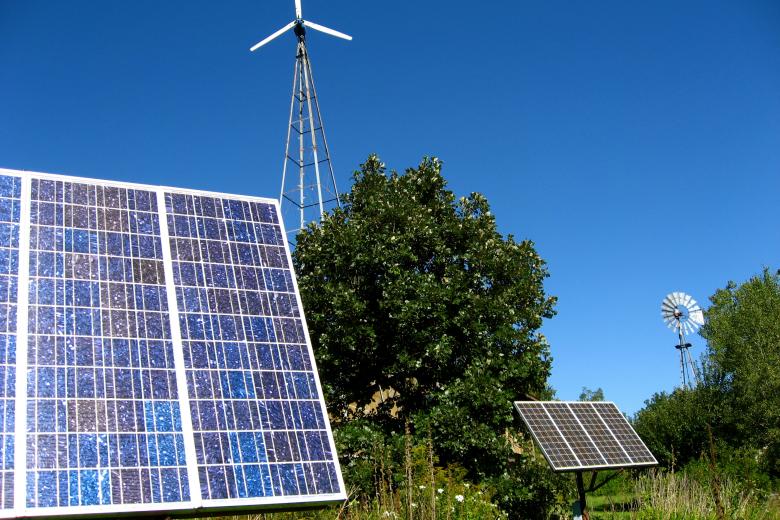Poor classroom air negatively affects learning performance
Since the corona crisis, school ventilation has been in the spotlight, especially to prevent the spread of the SARS-Cov-2 virus. Research published today by Maastricht University (UM) shows that poor ventilation also affects the test scores of elementary school students and thus the core task of schools, good education.
Effect on learning performance now demonstrated
UM's research took place over a period of five years in 270 classrooms spread across 27 schools of educational foundation MOVARE in South Limburg. The results show that elementary school students perform significantly worse on tests when exposed to elevated CO2 levels in the learning period before that test. Poor air quality delays their cognitive development, with the strongest effects measured for math and language skills (reading). The measured effects are greater than the much-discussed negative impact of school closures during the corona crisis. Furthermore, the study shows that the probability of a student receiving a HAVO/VWO recommendation is 13 percent lower if exposure to CO2 doubles in the semester before the final test.
Investing in ventilation
In 2020, the Dutch government provided nearly 400 million euros in subsidies to primary and secondary schools to improve ventilation in classrooms to prevent the spread of corona and other viruses. There are some 6,700 elementary school in the Netherlands, of which a recent inventory shows that one-third do not have mechanical ventilation. "The absence of ventilation systems, or the presence of defective systems, causes a lack of fresh air in buildings, causes a stale and stuffy climate, and thus poses a health risk to the users. At the same time, little was known until now about the effect of a poor indoor climate on educational outcomes," said Nils Kok, professor at Maastricht University and involved in the study.
Measurement and controle
The researchers note that there is limited attention to air quality from government, as well as the education inspectorate: it does do air quality checks, but these are often secondary, only a snapshot and not representative. According to the researchers, this is the time for a large-scale investment programme -- with an investment of over €1.1 billion, a large part of the problem can be solved. This investment is dwarfed by the €5.8 billion in NPO funds that have been deployed to clear the corona learning backlog. In addition, it is time to tighten regulations on air quality, strictly enforcing the set maximum acceptable CO2 levels (950 ppm for schools built after 2012 and 1200 ppm for schools built before then), based on actual and continuously measured data, in every classroom.

Also read
-
Working less affects pension accrual
If you start working less, it will also affect pension accrual. You will have less to spend after you retire. Employees do not give this enough thought.
-
Fossil subsidies undermine climate policy
Fossil subsidies undermine climate policy, says Patrick Huntjens and other colleagues in an opinion article.
-
Obligation for energy label C for offices seems to have desired effect
Obligation for energy label C for offices seems to have desired effect